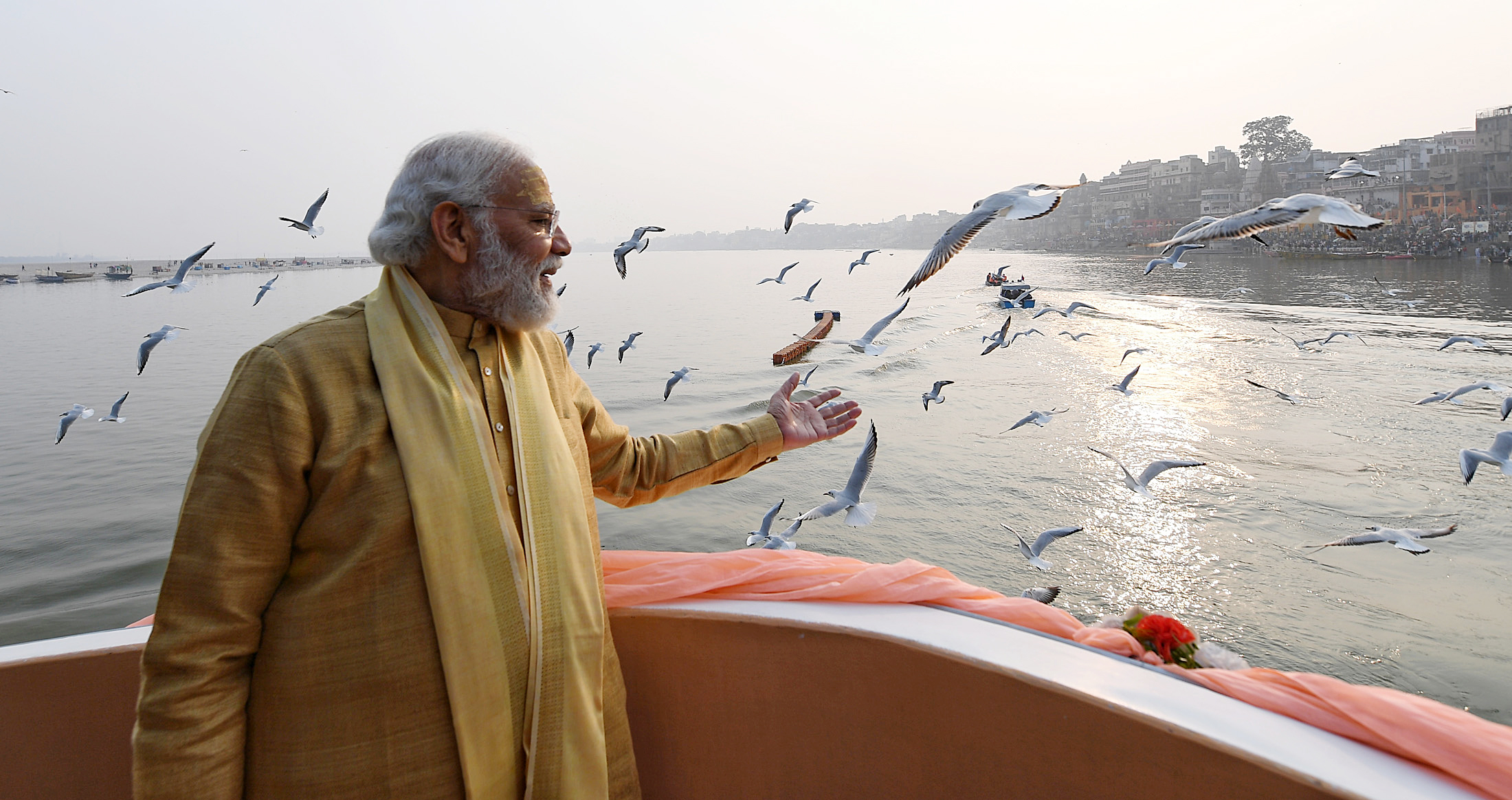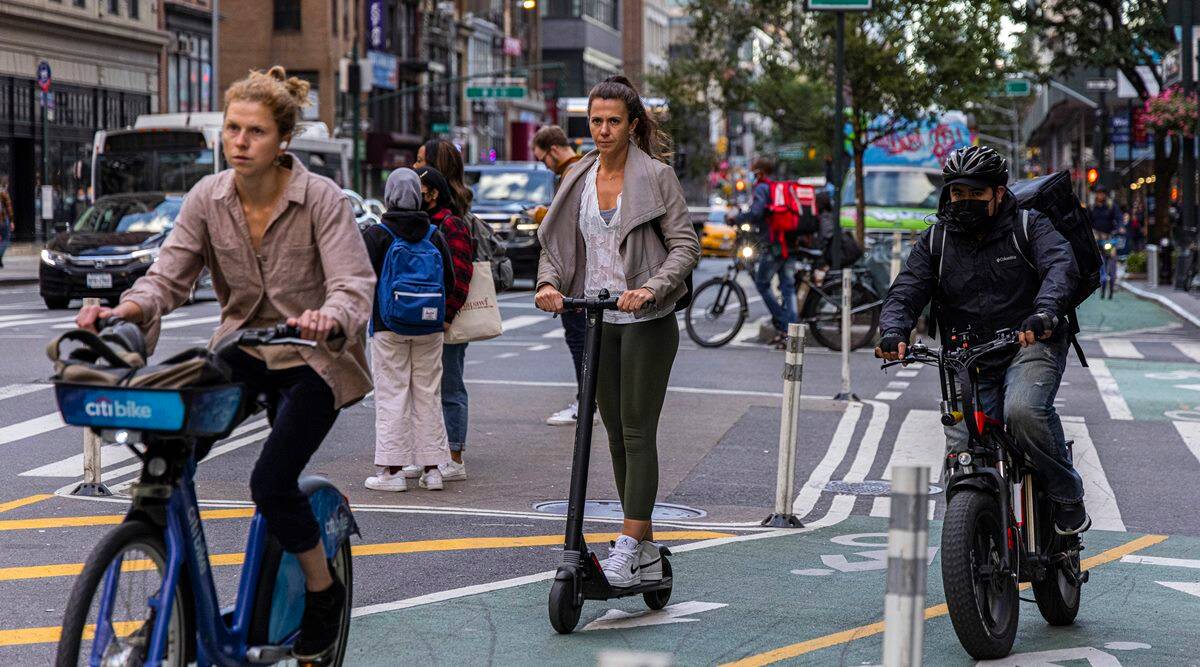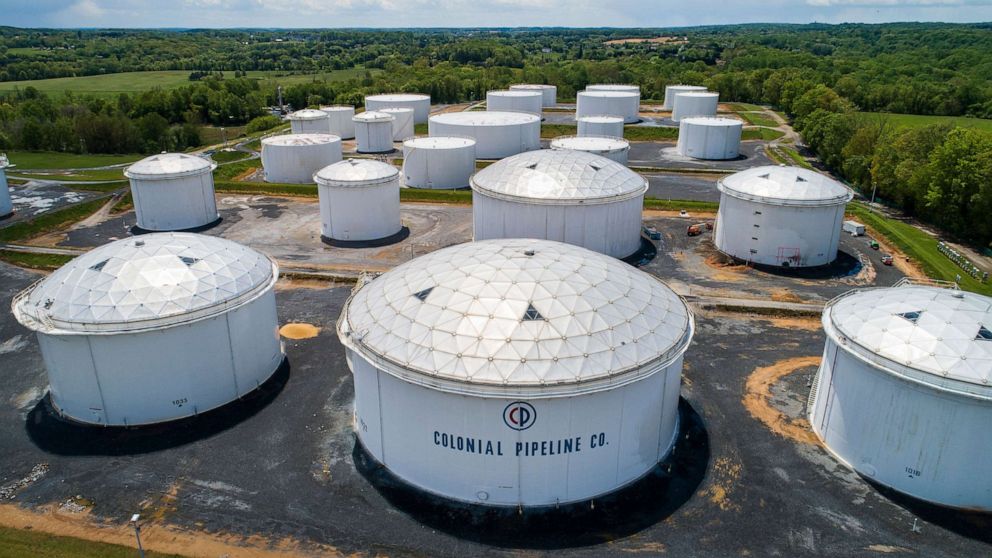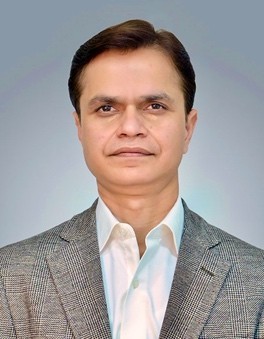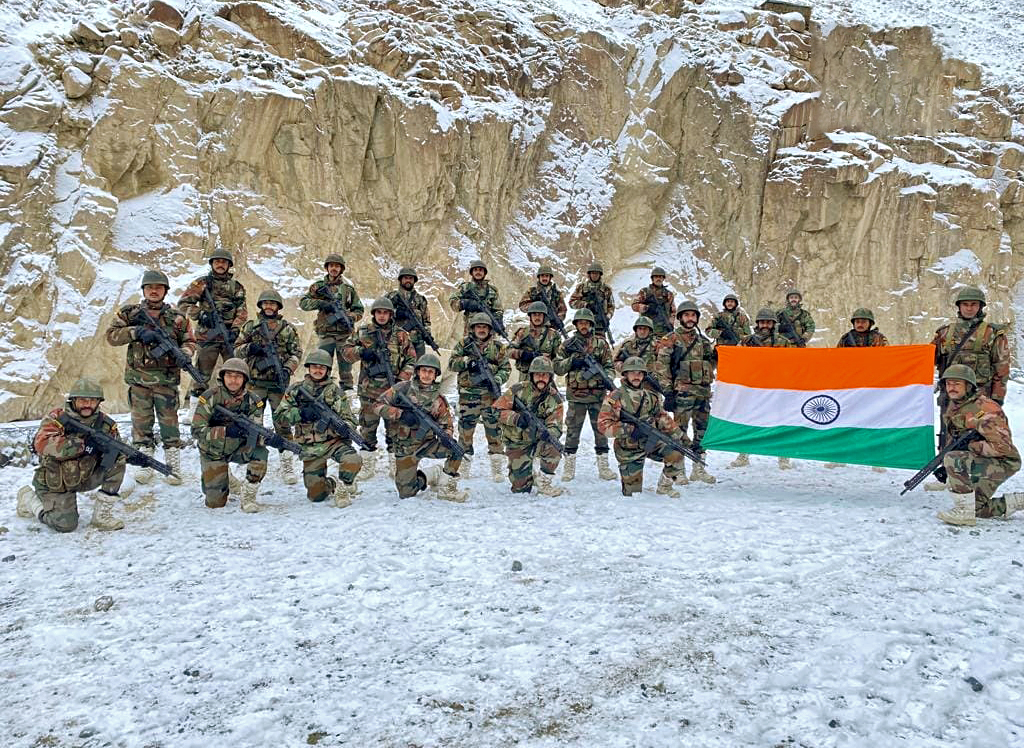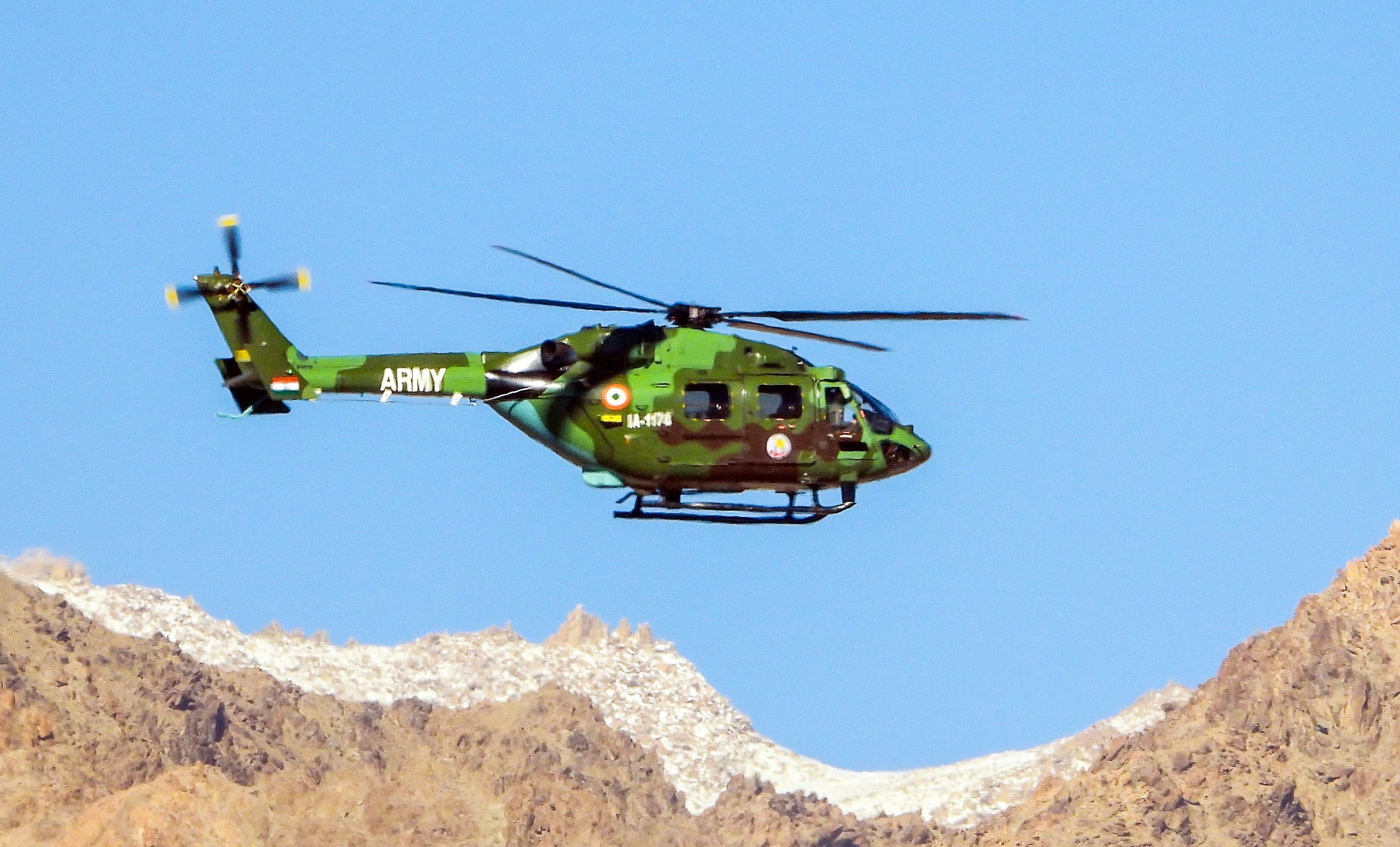Views and opinions from the top commentators in Indian media
The government of India’s (GoI’s) warning to state governments on Omicron includes keeping public health infrastructure in operational readiness. But what about boosting healthcare workers’ immunity against the virus? A study published in Lancet has just shown that protection accorded by the AstraZeneca vaccine (Covishield) dips three months after the second dose. Currently, healthcare workers numbering around 70 lakh (nearly 70%) are those who took their second doses over six months ago. If the highly infectious Omicron variant surges in India too, many health workers can get infected. This, in turn, will reduce healthcare capacity to treat patients. Fearing this, the Indian Medical Association and some state governments have urged GoI to approve booster doses for health workers.
Also note that WHO recommends that those jabbed with inactivated virus-based vaccines, Covaxin, in India’s case, must also get booster list priority. Bharat Biotech’s intra-nasal vaccine is apparently the booster for those jabbed with Covaxin – but the timeline for its clearance is not clear.
— Editorial, The Times of India
The Kashi corridor
The recent inauguration of a municipal road in Kashi, the Lok Sabha constituency of the prime minister, was converted by him into a grand show of devotion to the Hindu religion — like the inauguration or foundation-laying functions of earlier projects at Ayodhya, Badrinath, Kedarnath and other Hindu religious places, all at a considerable cost to the government exchequer. These events have raised many questions of propriety in a secular democracy. In an earlier article, I had talked about the crossing of the “Lakshman rekha” by the PM, when I noticed that he was freely using government functions organized at government cost to lambast his political opponents, especially in Uttar Pradesh. That is a fine line of democratic behavior that many of our worthies in politics have often violated but I was shocked when it came from no less a person than the PM. But that is nothing compared to the recent show at Kashi, all dedicated to the glory of the Hindu religion, spread over two days and covered live by all media channels and comprehensively by the entire print media. “Is India a secular democracy anymore?” is a question on many people’s lips, while the majority celebrate it as the final revenge of history taken by the present prime minister for all the wrongs done by the Muslim invaders in the past.
— Yashwant Sinha, The Indian Express
Varanasi factor
Varanasi or, more precisely, Kashi, has, since antiquity, had a remarkable hold on the imagination of Hindus. Historians may differ over exactly when Kashikshetra — the sacred space on the banks of the river Ganga — became so important in the ritual life of Hindus or whether it is right to include the Buddhist center at nearby Sarnath as an integral part of the traditional Kashi panchkroshi, considering that it was re-discovered by the British archaeologist, Alexander Cunningham, as late as 1837. There may also be legitimate grounds to quibble over the pre-eminence attached to the lingam at the Vishweshwur (Vishwanath) temple when pre-Islamic texts indicated the centrality of the Manikarnika ghat — now used as a cremation ground. However, regardless of the shifting contours of the sacred space and the rejigging of the wider pilgrimage route, the exceptional importance of Kashi in the Hindu ecosystem is undeniable. It has always been the ‘eternal city’, a place that — in the words of Bholanauth Chunder, the Bengali author of a two-volume travelogue published in 1869 — is “thoroughly Hindoo — from its Hindoo muts and mundeers, its Hindoo idols and emblems of worship… a bona fide Hindoo town, distinguished by its peculiarities from all other towns upon the earth.”
— Swapan Dasgupta, The Telegraph (India)
Pakistan’s OIC show
The (OIC) meeting adopted a resolution committed to setting up a Humanitarian Trust Fund by early next year, with members, Islamic financial institutions and international institutions invited to donate to this. A special envoy was appointed, and a Food Program has been set up, both of which are good initiatives. Individual OIC members, such as Qatar, have been generous in providing aid, while the first tranche of Saudi aid began just two days before the meeting, with some six aircraft flying in aid to Kabul. A second tranche is via 200 trucks from Pakistan. That’s good for Pakistan in more ways than one. It allows Islamabad to show itself as a benefactor, and that is good for the economy since all that aid will be bought from Pakistan. This pattern is likely to be followed if other OIC countries follow suit.
— Tara Kartha, The Quint
Every week, we look at what the top commentators and opinion writers in the Indian media are talking about and bring to you a slice of their opinions and comments
















